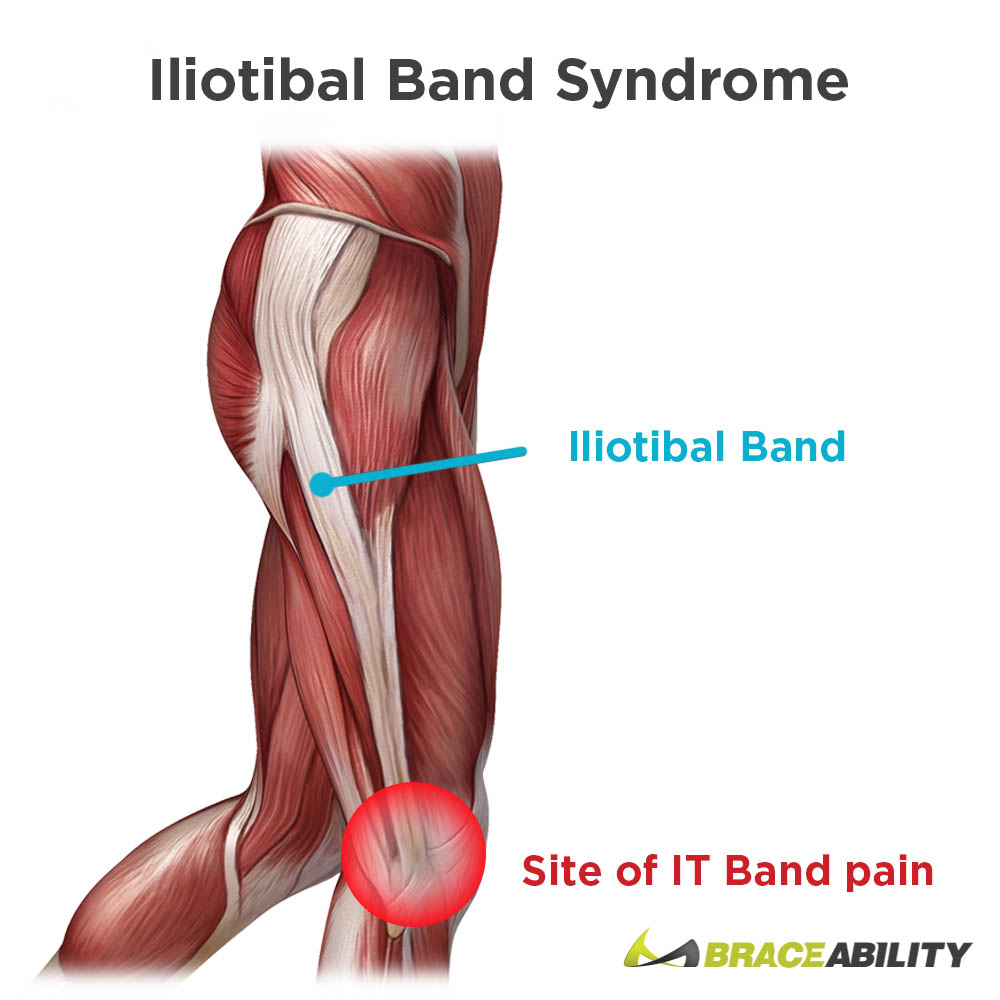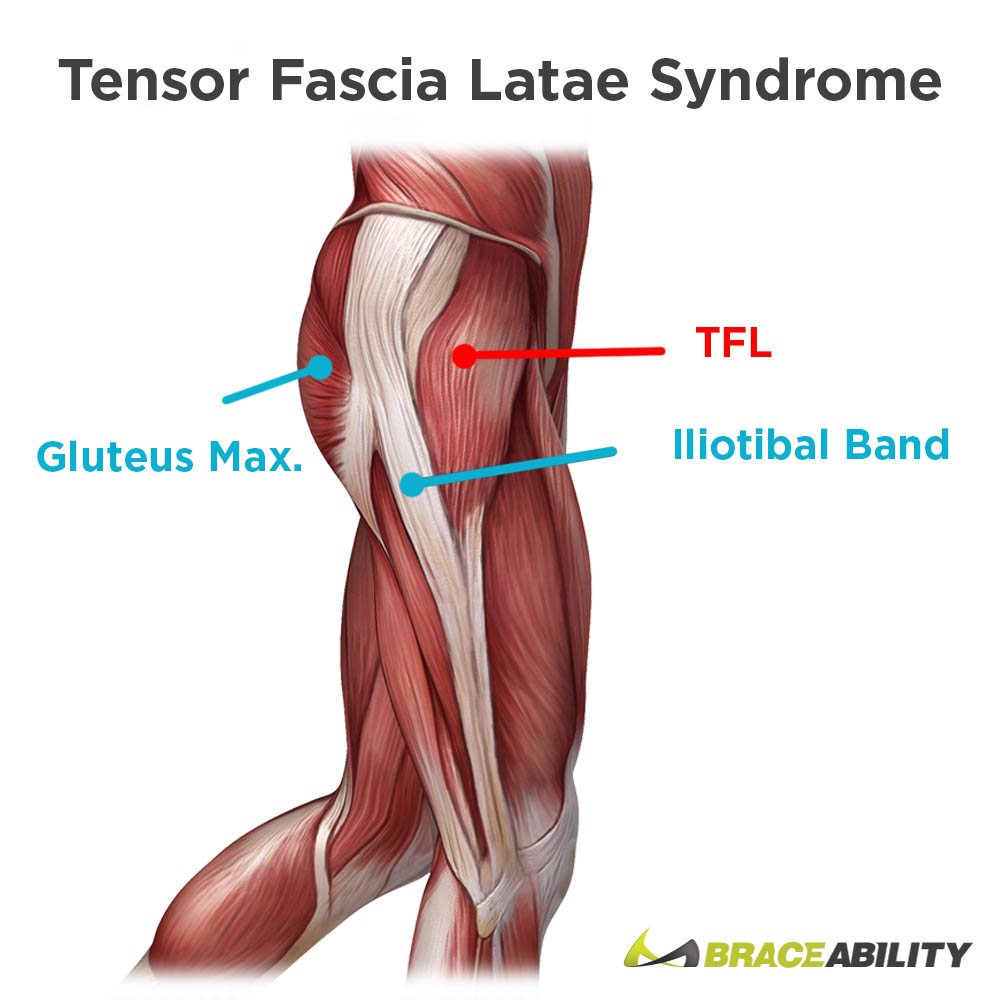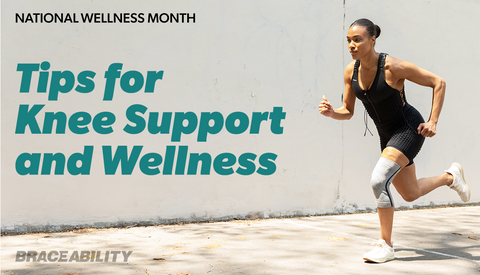Iliotibial Band Syndrome (ITBS)
If you’re a runner experiencing sharp pain, soreness, stinging, or swelling on the outside of your knee, it is likely you have iliotibial band syndrome. It’s a result of activity that causes the leg to turn in repeatedly. This injury is just as common with beginning runner’s as it is with the most seasoned runners. However, prevention and treatment steps can be taken for iliotibial band syndrome to get you running pain free again in no time!
What is the iliotibial band or iliotibial tract?
The iliotibial tract is a thick band of fibers running from your hipbone to your knee. This band of fibers has many different names, often referred to as the IT band, iliotibial band, and iliotibial tract. The IT band is attached to the knee to assist in stabilizing and moving the joint.
It band anatomy:

What is Iliotibial band syndrome?
Iliotibial band syndrome (ITBS) is one of the most common overuse injuries among runners. It occurs when the iliotibial tract, a thick band of fibers running from your hipbone to your knee, is tightened or inflamed. When the IT band comes near the knee, it narrows, potentially causing rubbing to occur between the band and bone. When the IT band muscle isn’t working correctly, movement of the knee becomes painful. In this situation, a person may experience soreness, stinging, swelling, and sharp pain otherwise known as iliotibial band syndrome. You may have heard your doctor call the condition “iliotibial band friction syndrome” or “IT band tendonitis”, both of these terms refer to iliotibial band syndrome.
Do I have symptoms of ITBS?
The most common symptom is swelling and pain on the outside of the knee. Because of the pain's location, people often think they have a knee injury. A person usually experiences pain from iliotibial band syndrome of the knee when running, especially if the motion is downward. For example, walking downstairs may trigger pain caused by an ITBS injury. Runners often begin experiencing the pain between miles 6 and 12 of a long distance run. Although long-distance runners most commonly have ITBS, it’s also seen among military personnel, cyclists, and potentially hikers.
Is the pain I’m experiencing in my hip iliotibial band syndrome?
Hip pain is often diagnosed as ITBS because of the IT bands location, running from the hip to the knee. Since the thick band of fibers connects the hip with the knee any pain in this area will regularly be associated with ITBS. However, by definition, ITBS is pain located on the outside of the knee. Therefore, if you’re experiencing only hip pain it’s something else or a related companion of ITBS.
The most common source of pain in the hip or thigh region is muscular pain, caused by knots or myofascial trigger points. The trigger points are usually located in the hips but the pain may spread down the thigh. Often associated with ITBS is tensor fascia lata syndrome.
Is IT band surgery a good option for me?
In most cases, the recommended rehabilitation will fully recover your ITBS. However, if you're not experiencing full recovery talking with your doctor about surgery may be the best option.
What is ITBS surgery?
Surgery to fix ITBS is called ITB release surgery. A small incision is made on the outer side of the knee. The surgery involves cutting a small piece of the IT band to alleviate pressure. The surgery is performed in order to lengthen and ultimately strengthen the IT band. Post surgery recovery involves a small period of rest. After this recovery is gradual, runners generally begin running again 6 weeks after surgery.
What is tensor facia lata syndrome?
The tensor fascia latae, also referred to as TFL, is a small muscle located at the front of the hip joint. This muscle connects with the IT band (as seen in the graphic to the left). The tensor fascia latae helps flex and abduct the thigh. Pain in the area can be caused by a variety of reasons, including tear or strain of the muscle. An active trigger point in the tensor fascia latae can cause extreme pressure on the iliotibial band, sometimes contributing to iliotibial band syndrome.

Is there treatment for iliotibial band syndrome?
If the above symptoms of ITBS align with the pain you’ve been feeling in your knee don’t worry! Thankfully iliotibial band syndrome has a variety of rehabilitation techniques for you to try to reach full recovery.
1. An IT band knee wrap for Iliotibial Band Syndrome.
2. Increase strength - A majority of IT band issues are caused by lack of strength in the area. Spending time strength training your glutes and hip will help to get you back to full recover faster, and lessen risks of injuring yourself again. Here are some suggested strengthen exercises. Follow the link on our blog to read details and see examples of each exercise. Including: lying hip abduction, lateral leg raise, hip hike, clamshell, pistol squat.
3. Massage the area- Use a foam roller to target the trigger points in order to work out the IT band tightness and pain you’re experiencing. A deep tissue massage along the entirety of the IT band will mobilize the tissue, ultimately leading to a swifter recovery.
4. Stretches- There are a variety of different stretches a person can try in order to treat iliotibial band syndrome. The stretches will assist in alleviating pain and lead to a full recovery. Read details and see examples of each IT band stretches and exercises including wall stretch, assisted stretch, and standing stretch.










